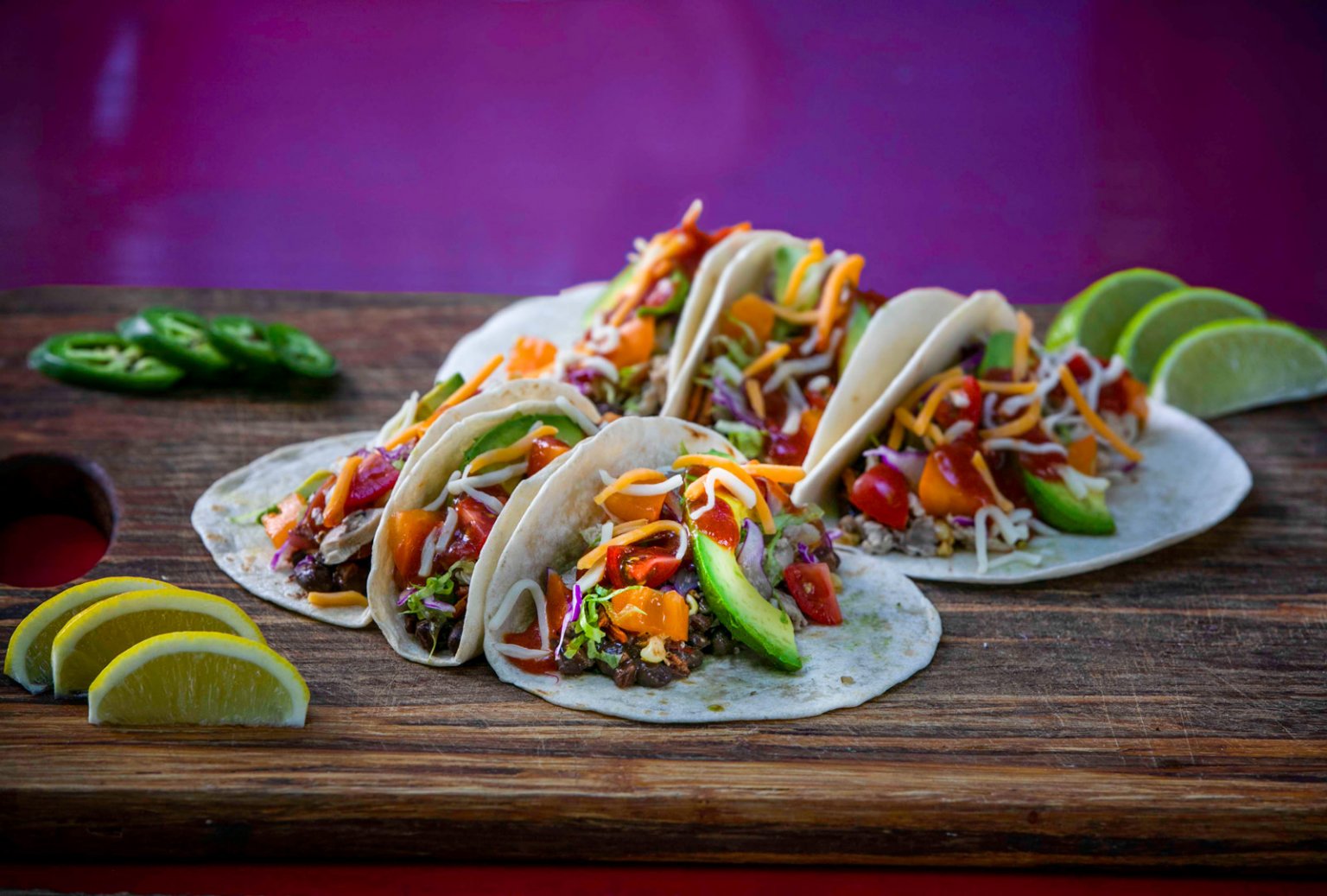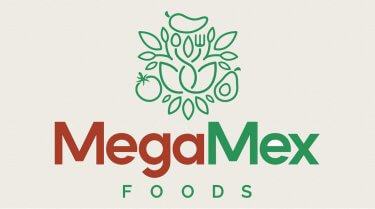In his 1945 mural Tenochtitlán, Rivera captures a boisterous scene that speaks to the success of MegaMex Foods. It’s a market from the time of the Aztecs, but the dynamic bustle elicits the same sounds, sights and smells that can be found in Mexican marketplaces today. It is from this vibrant tradition that MegaMex Foods draws its inspiration.
MegaMex Foods is the modern-day embodiment of a food tradition that goes back at least 9,000 years, to the first domestication of maize crops by indigenous communities. Its current incarnation is the result of a 16th-century clash between Spanish conquistadors and the Aztec Empire. From farming traditions and cooking practices to pottery, art and folklore, this culinary tradition has become a cornerstone for cultural practices in Mexico today. MegaMex Foods was founded with the hope of sharing this deep culinary heritage with the rest of the world.
“Hormel and Herdez are similar because they both started as a family dream and grew from there,” says Hector Hernandez-Pons, chairman and CEO of Grupo Herdez. “I think that family passion and values are important for a growing business. It gets communicated to the executives and passed down to each new generation of leaders.”
The similarities go deeper. Long before they partnered to create MegaMex Foods, both parent companies were pioneers in introducing culturally meaningful foods to new populations. In the 20th century, Hormel Foods popularized pepperoni and other Italian cured meats among American eaters. In the decades following the Second World War, Grupo Herdez specialized in bringing popular American versions of products like marmalade, syrup, mustard and mayonnaise to Mexico. Taking a critical turn in the late 1960s, the company became known for producing sauces, chilis and other products with a distinctive Mexican taste. From there, they began exporting those foods to the United States, whose population was increasingly interested in foreign cuisines.
The power of MegaMex Foods was clear right away. Through brands such as Herdez, La Victoria, Don Miguel and Embasa, sales grew more than 150 percent in 2010 and 2011 alone. But MegaMex Foods, like Mexican cuisine as a whole, also gained momentum in the U.S. from a growing trend of individualism in American consumers’ food preferences.
“Consumers, particularly younger generations, love to customize and put their own spin on family meals,” says MegaMex Foods CEO Michaelis. “That is one of the beauties of Mexican food.” Taco nights, for instance, allow everyone around the table to eat together, yet with a dish easily customized to individual diets and tastes.
“The traditional products we began with sold very well, but consumer interest kept evolving,” says Jorge Parilla, CFO of Grupo Kuo, one of Grupo Herdez’s parent companies. “So MegaMex had to create an innovation system with product and recipe testing every week.” That commitment to exploration and invention has already produced category-disrupter products such as Guacamole Salsa and Taqueria Street Sauces inspired by flavors found at taco trucks.
“What’s most exciting is that we’ve just begun to scratch the surface,” says Michaelis. Indeed, there are over half a dozen regional cuisines in Mexico that have yet to be sampled by most U.S. consumers. “We now have four thousand employees and a corporate culture that embraces flavor with a spirit of fun,” he explains. “It’s our vision to bring that to every table.”



